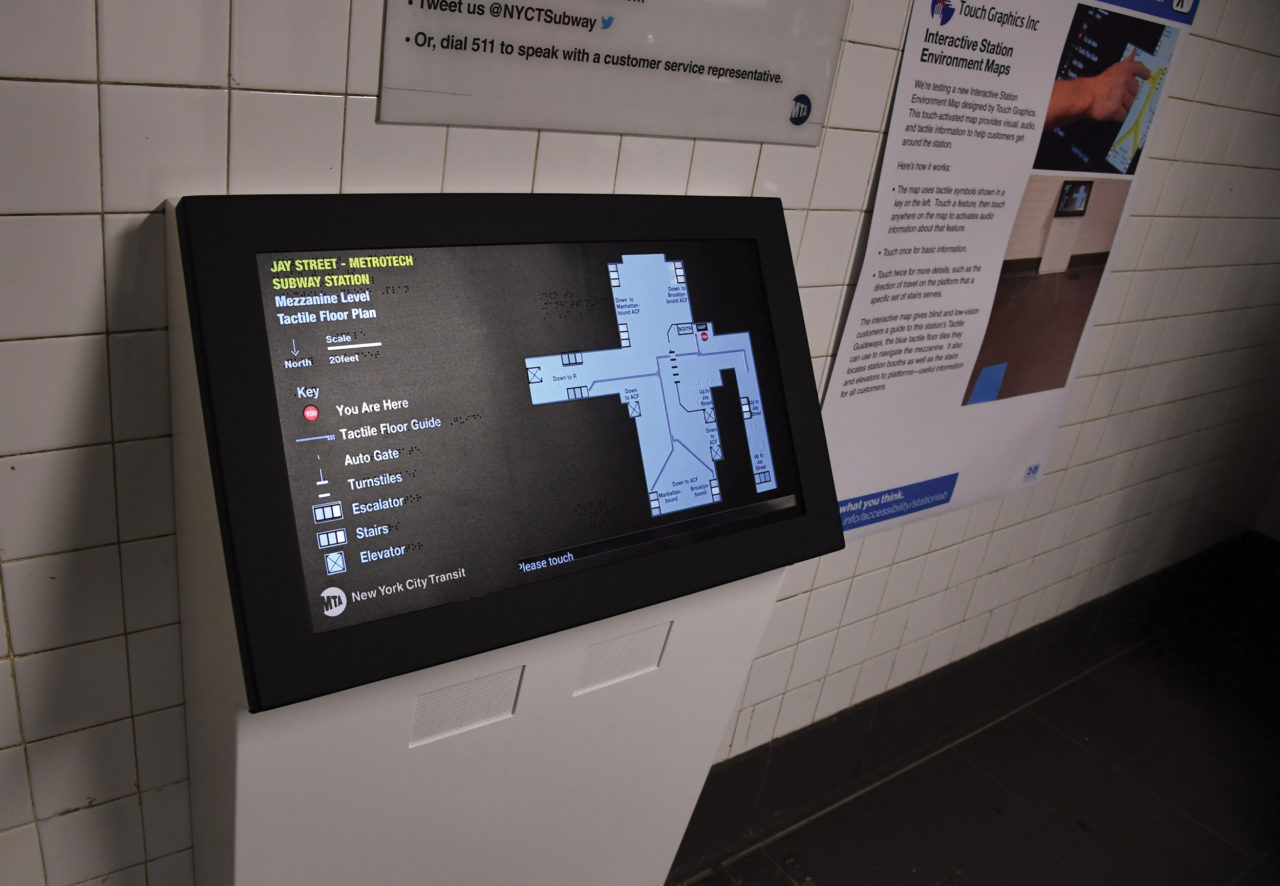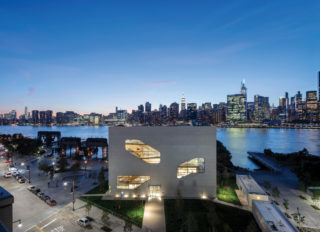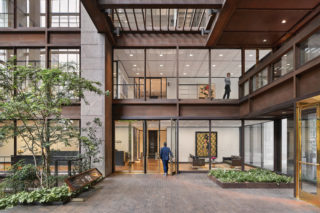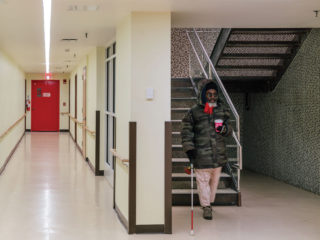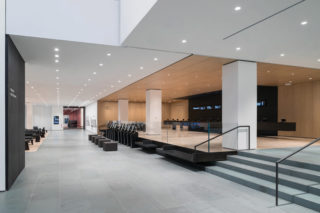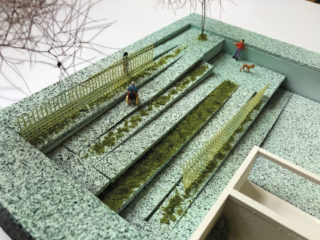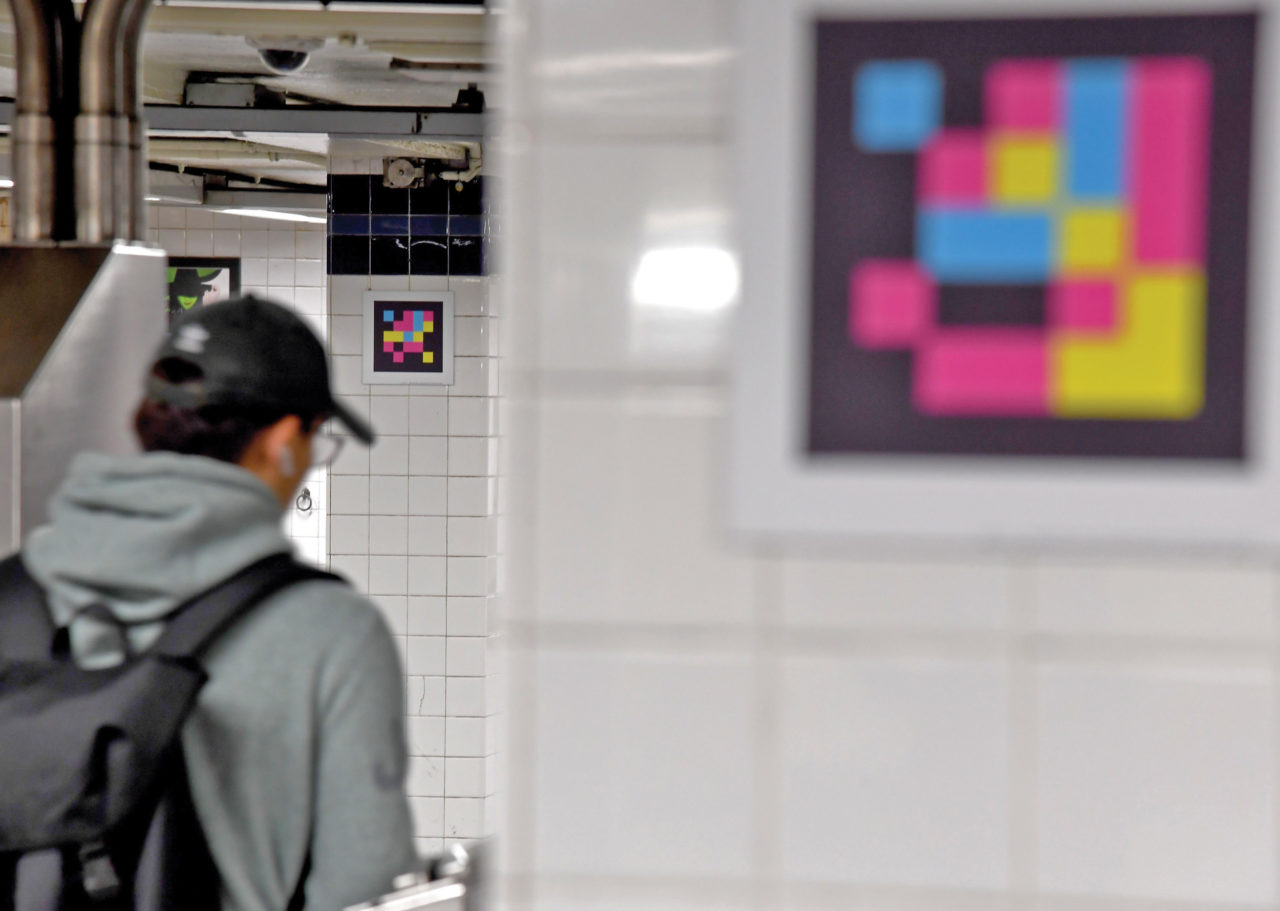
Alex Elegudin accepted the position of senior advisor for system-wide accessibility at New York City Transit about a year and a half ago. His chief challenge is renovating more of the system’s 493 stations so they will be accessible for people with mobility impairments. (Only about a fourth of the stations are now compliant.)
An engaging 35-year-old, Elegudin has been using a wheelchair since he recovered from a spinal-cord accident at age 19. He worked as a patent lawyer, but also became deeply involved with those whose disabilities can prove severely limiting, co-founding Wheeling Forward, a nonprofit devoted to helping mobility-challenged people gain greater independence.
Elegudin came to New York’s transit agency (a subsidiary of the Metropolitan Transit Authority) from the NYC Taxi and Limousine Commission (TLC), where he was the accessibility program manager. He spoke to James S. Russell, FAIA, at the Jay Street-MetroTech station in Brooklyn.
How did you transition to becoming an advocate?
I had gotten to a good level as a patent attorney, but I found myself drawn more and more to the non-profit and advocacy world. Thousands of other lawyers could do my job, but not too many people were advocating for disability.
What did you bring to the transit system from your work with wheeling forward and the TLC?
My work in the non-profit sector has given me a great connection to the disability community. Rather than be the one person representing disability, I see my role as making sure the disability community has a seat at the table. At the TLC, I learned how people navigate the city and what they need: how a wheelchair van ramp works best, what a hearing loop (which assists hearing-aid users) can do, and how drivers can best help their riders.
Gaining a better understanding of the needs of people with various forms of disability has been eye-opening. I’ve advocated on a lot of different issues, but transit is so important for so many people. Everything is about learning, understanding, and communicating with others.
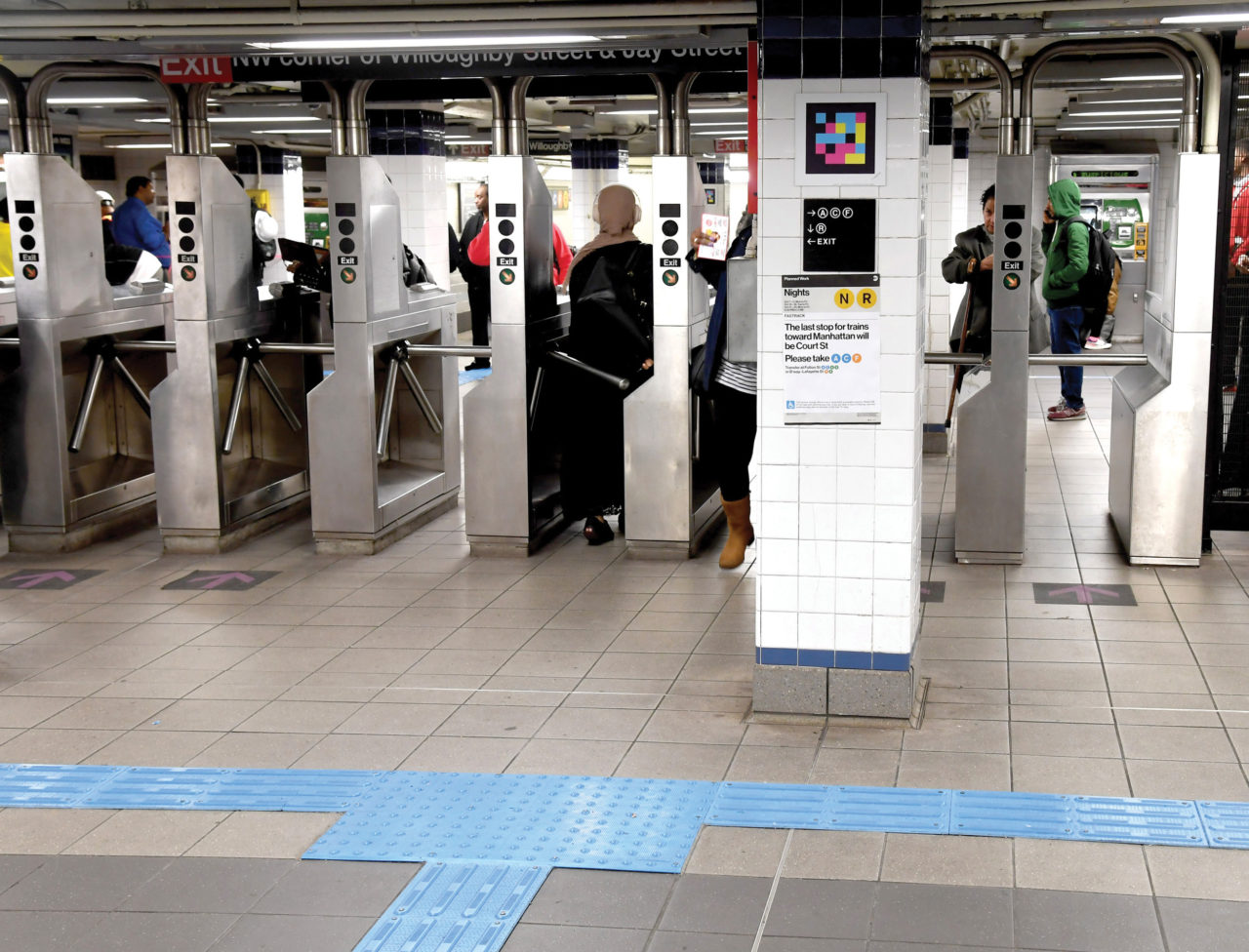

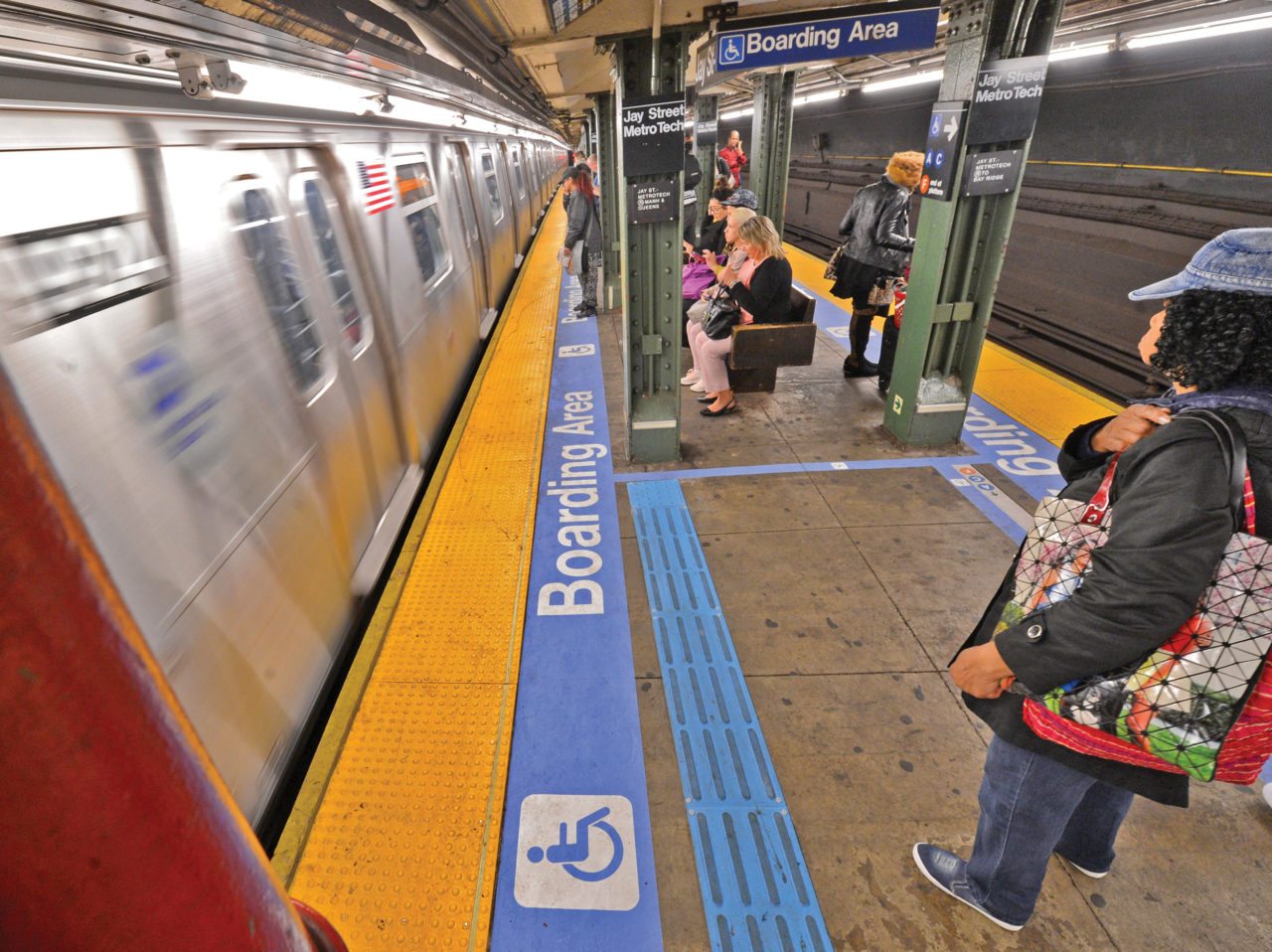
How can architects go beyond the dry language of ada guidelines to really understand disability needs?
I sometimes think what’s actually needed is a guideline that is 10 times as big. In truth, it’s very difficult for a codebook to fully capture the actual experience of disability. At New York City Transit, we’re led to solutions by the needs and experiences of customers and an understanding of the physical realities of the system. We have to raise the bar. It’s pretty hard for architects to connect to a deeper utility in what they’re working on without help from someone with first-person experience of disability, who can anticipate what works and what doesn’t. That resource could be a person with a disability, or 10 people. It could be an organization.
What insights have you gained piloting new accessibility solutions on this station?
We’ve been looking at tactile surfaces to guide blind users around the station. I’d thought of these simply as some kind of texture that helps the person detect the path, but they turned out to be so much more than bumps on the floor. We found that so many senses are involved. Cane users can detect different textures and sounds, and they use that feedback to know when to turn, for example.
Stations have all sorts of features—stairs, platform, gates—and you have to design so people will know where they are going at each transition. We try to run tactile paths near a wall so people can discover, by feel, directions in braille or raised lettering.
Some advocates say people with hearing impairments get short shrift in design. What issues have to be addressed in the transit system for this population?
We’re using more screens to display announcements and schedule information, but most service issues are announced, so we’re trying to get more of that alert information on screens and delivered via the MYmta app.
The next capital plan contemplates major disability upgrades for 70 stations by 2024. Critics regard the $5 billion estimate to be way out of whack. Is mta addressing procurement issues that inflate these costs?
Achieving 70 station upgrades in five years is a task monumentally larger than has ever been done before. We’re using numerous exercises in value engineering and packaging projects differently to get this under control. We’re trying to reduce cost risks in some projects by minimizing the number of unknowns. You dig into the ground and discover utilities you didn’t know about. You have to look for alternatives when the best place to put an elevator turns out to be the middle of a roadway. It’s a whole subterranean world of its own. Everything is on the table.
Technology is making accessibility easier in some ways. Does tech let you avoid some costly reworking of the physical stations?
Technology is a great thing. Apps bring you departure information over the phone; these kinds of improvements help everyone. Some of the high-tech things we use aboveground, however, are much more difficult to use belowground.
Some low-tech means are also very powerful in this underground world. There is a lot more Internet service in the subway, but people need to be able to use the station even if they don’t have that connectivity. We can combine tech and physical features. What works better for you: having to download a map on your phone, or just following a colorful line on the floor to your destination?
